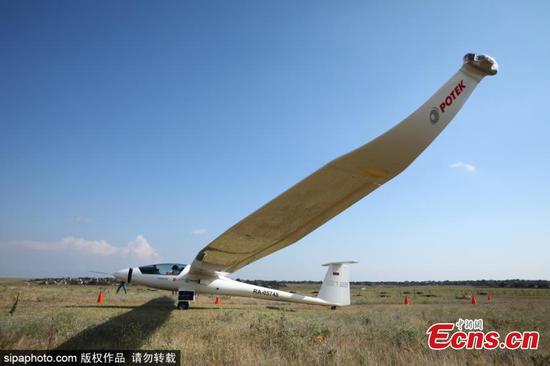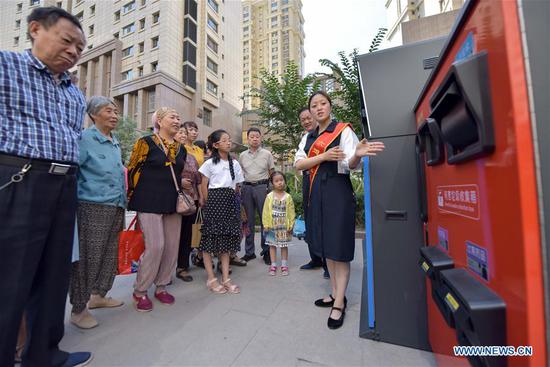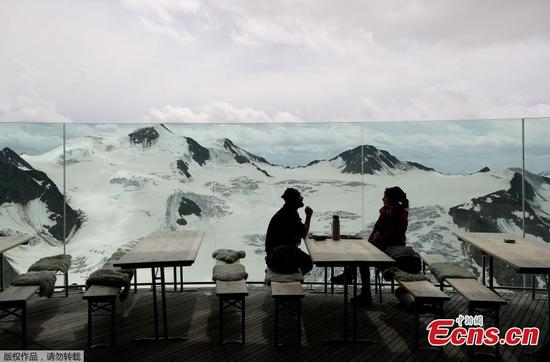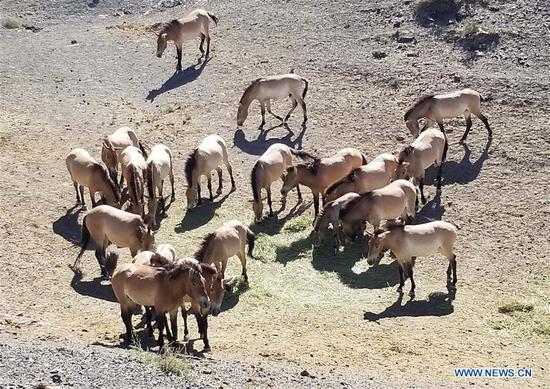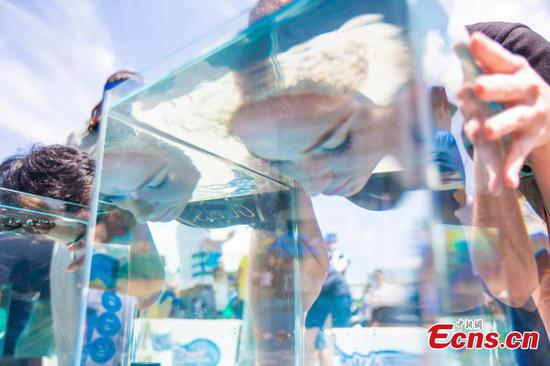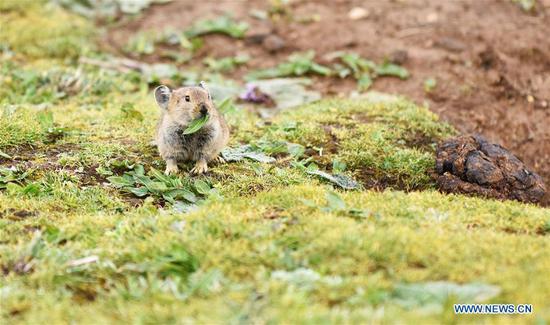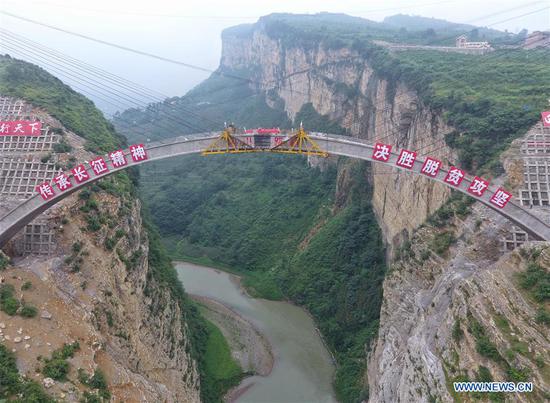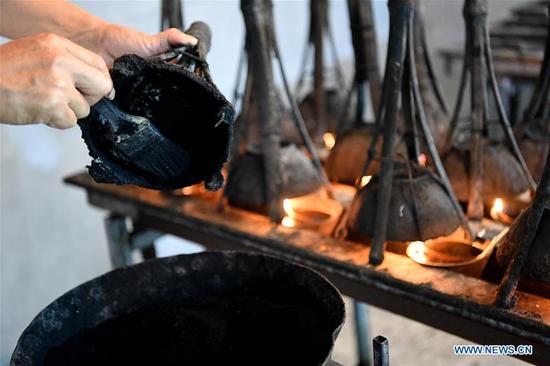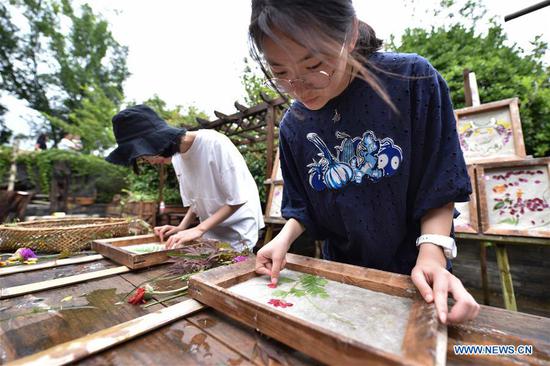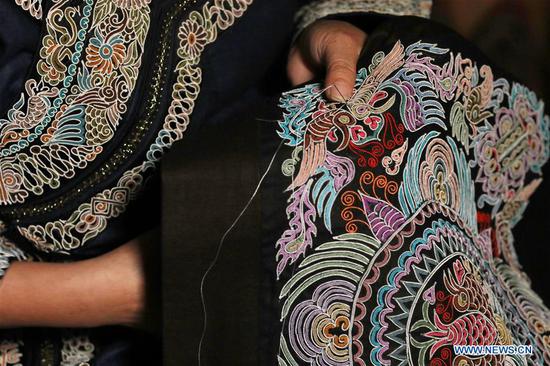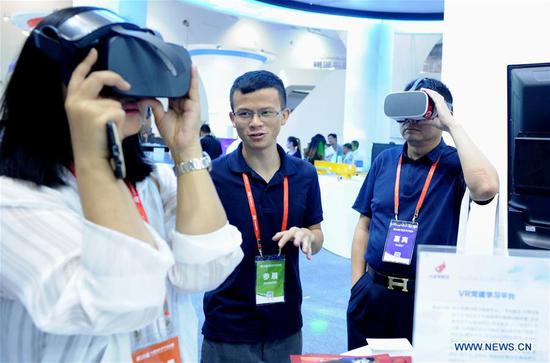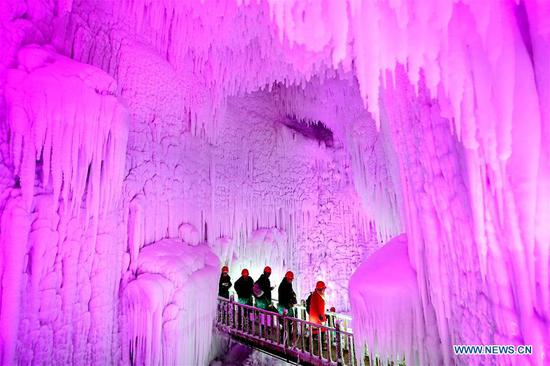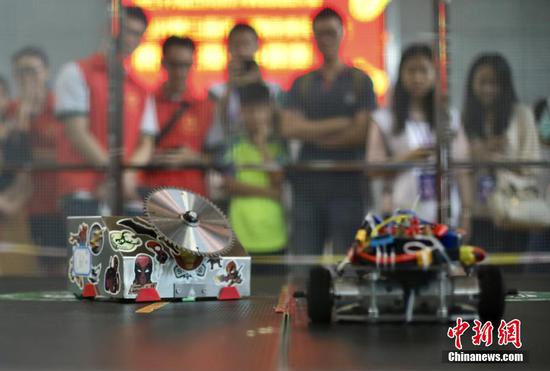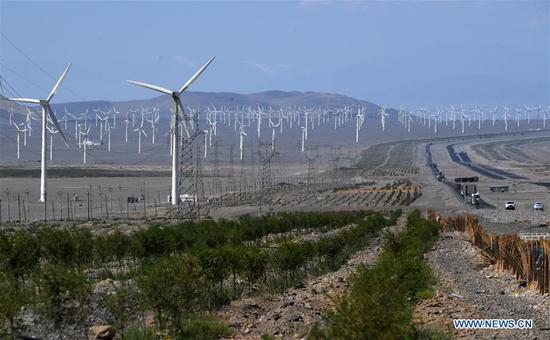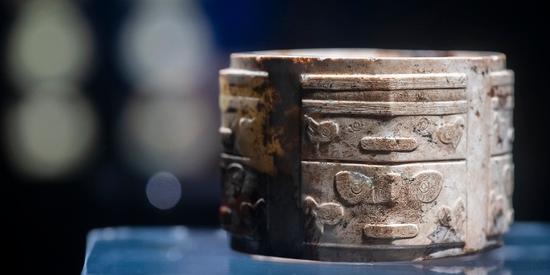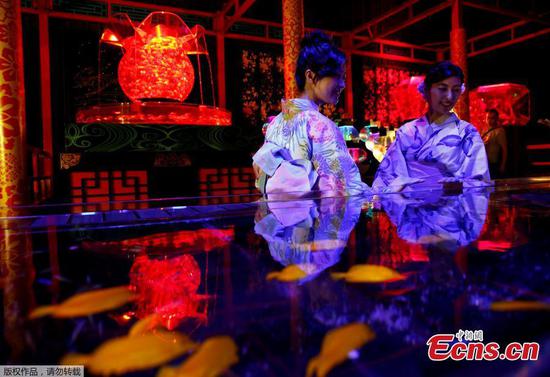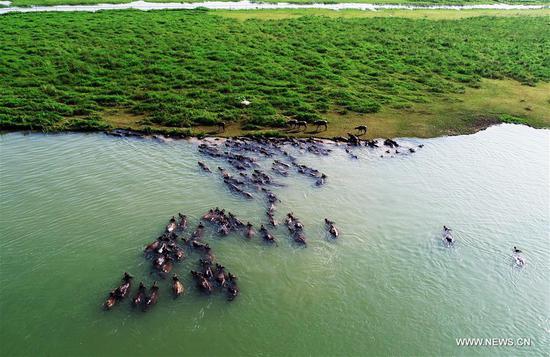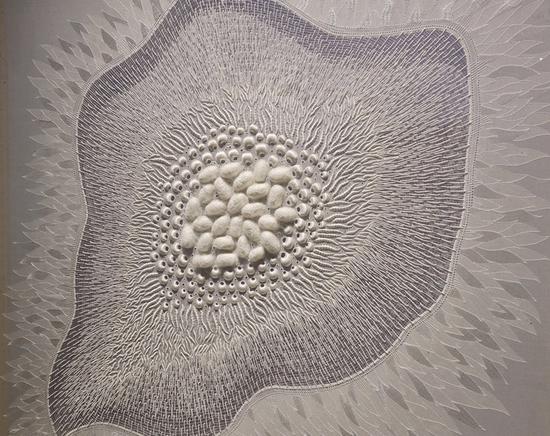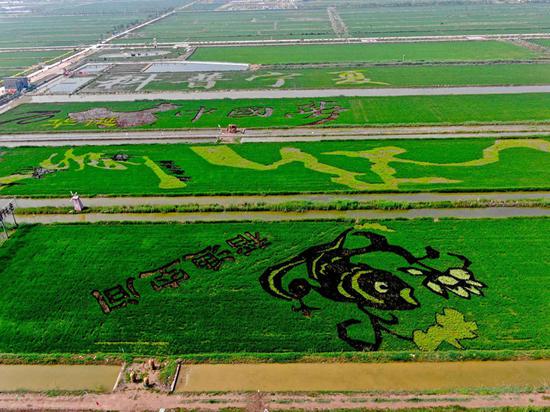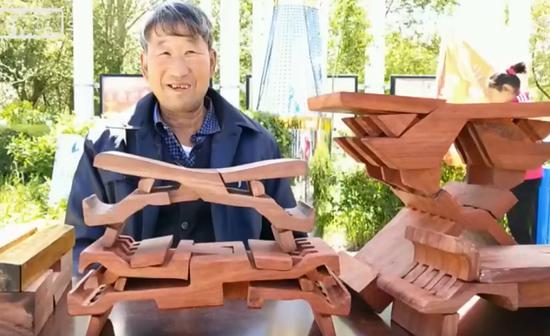Artificial intelligence technologies will make the Chang'e 5 lunar probe smart enough in soft landings, collecting samples, ascending and docking at the lunar orbit, and returning to the Earth, according to its chief scientist.
Ouyang Ziyuan, first chief scientist of China's lunar probe project, said on Friday at a satellite forum in Rizhao, Shandong province, that Chinese scientists have made technological breakthroughs in the 12 phases of the Chang'e 5 mission.
The technological breakthroughs cover launching, earth-moon transfers, final braking, orbiting, descending, sampling, ascending, docking, orbiting, moon-earth transfers, separating, and reentry and recovery.
Ouyang said the total payload of the Chang'e 5 mission will be 8.2 tons and will be launched by a new carrier rocket from the Wenchang Space Launch Center in South China's Hainan province.
The mission will feature China's first automated moon surface sampling, first moon takeoff, first unmanned docking at a lunar orbit about 380,000 kilometers from Earth, and first return flight at a speed close to second cosmic velocity, he said.
The landing site in the mission will be at the side facing Earth, about 1,000 kilometers away from the sites of the United States' Apollo Plan, where it is expected to have new phenomena and new findings, the scientist said.
The probe will be smart enough to take photos during the descent to find a safe place, photographing, calculating, selecting, and making judgments and the final decision, he said. "If the four points are not at a horizontal surface, it will turn over."
Sending the photos back to Earth for people to judge and decide would cost too much time, since each photo transfer would require 1.3 seconds to reach the planet, several seconds to make decisions, and then another 1.3 seconds to send commands up, he said.
After landing, the probe, which has a shovel-type sampler and deep-hole drilling sampler, will take lunar soil and also drill deep to take rock cores automatically, he said.
Scientists have repeatedly tested the samplers in labs to help verify their working functions under different conditions such as hard rock, soft soil and other minerals, since the landing site situation is still unknown.
After taking samples, the ascender could not return itself to Earth directly as it will not carry enough fuel, but it will lift off from the moon and fly a short distance, Ouyang said.
"After entering the lunar orbit, there will be a spacecraft waiting for it to dock and then transfer the samples," he said. The docking will be like a needle-to-needle exchange and will happen automatically, with no available data and monitoring from the Earth required, he said.
The return capsule might burn up in the air due to the high speed and temperature, so China will approach the reentry like skimming on a water surface. The capsule will bounce out while contacting the upper atmosphere and then reenter again, he said.
China's three-phase lunar missions will help accumulate technology and experience for the future manned mission and lunar base, opening up a new chapter of returning to the moon and lunar exploration, according to him.









